Maintaining joint health is crucial for long-term mobility and overall quality of life. As we age, our joints can become susceptible to wear and tear, leading to discomfort and reduced mobility. However, with the right strategies and care, it’s possible to preserve joint health and maintain flexibility and strength.
This article will explore various approaches to maximizing joint health for sustained mobility and comfort.
Understanding Your Joints: The Role of Medical Imaging
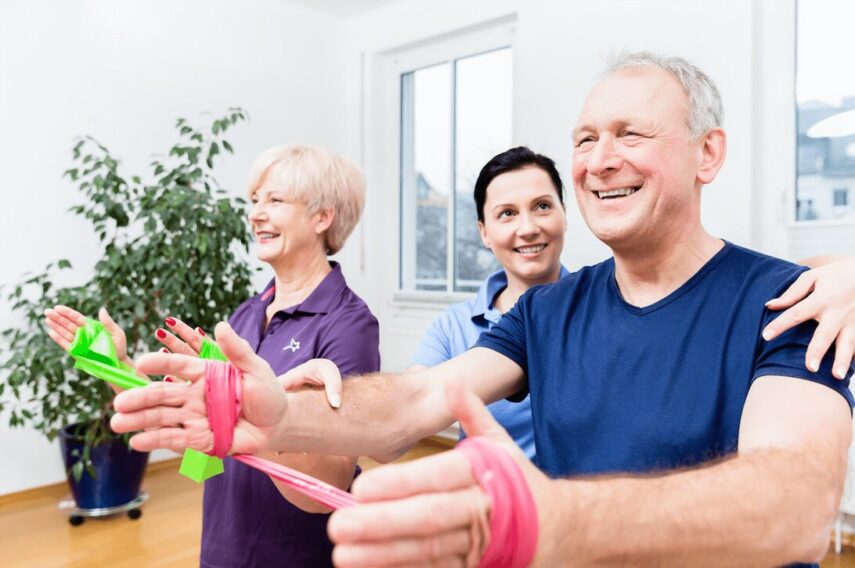
To effectively care for your joints, it’s essential to understand their condition. Modern medical imaging, like the use of digital X-ray equipment from Maven Imaging, plays a vital role in this understanding.
Digital X-rays provide clear, detailed images of the joints, helping healthcare professionals diagnose issues such as arthritis or injuries accurately. Early diagnosis is key to managing joint health effectively.
Regular Exercise and Joint Health
Regular physical activity is important for keeping your joints healthy. Low-impact exercises such as swimming, cycling, or walking can strengthen the muscles around joints. This can help to provide better support and reduce the risk of injury.
Remember to warm up before exercising and cool down afterwards to keep your joints flexible.
Common Joint Conditions
Arthritis
Arthritis is a broad term encompassing various inflammatory joint diseases. It can affect people of all ages and backgrounds. The most common types include osteoarthritis and rheumatoid arthritis. Symptoms of arthritis may include joint pain, swelling, stiffness, and decreased range of motion.
Management and Prevention Strategies:
- Regular Exercise: Engage in low-impact exercises to strengthen muscles around joints, providing support.
- Balanced Diet: Adopt a diet rich in anti-inflammatory foods to help manage symptoms.
- Medical Consultation: Regular check-ups with healthcare professionals for early diagnosis and personalized treatment plans.
Osteoarthritis
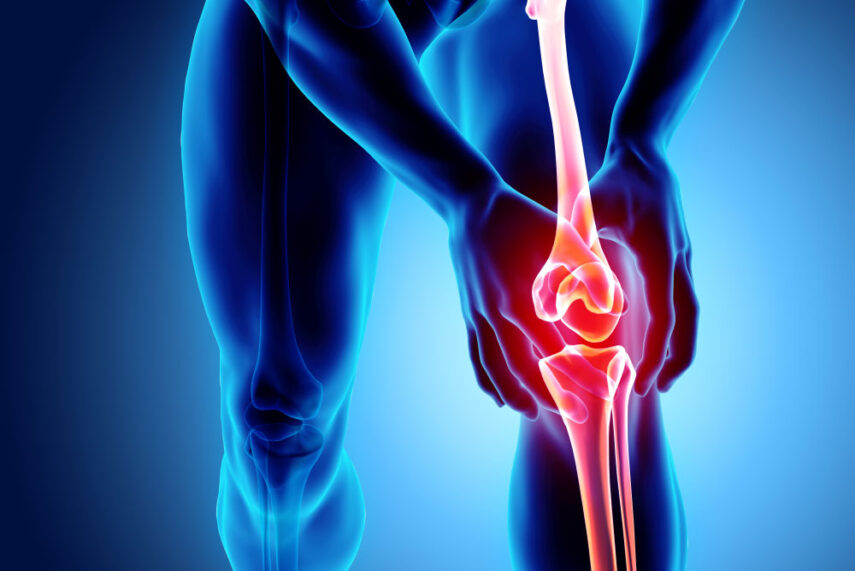
Osteoarthritis is a degenerative joint disease often associated with aging. It occurs when the protective cartilage that cushions the ends of bones wears down over time, leading to pain and stiffness.
Management and Prevention Strategies:
- Weight Management: Maintain a healthy weight to reduce stress on weight-bearing joints.
- Joint-Friendly Activities: Engage in activities like swimming and cycling to minimize impact on joints.
- Supplements: Consider supplements like glucosamine and chondroitin for joint support.
Rheumatoid Arthritis
Rheumatoid arthritis is an autoimmune disorder causing the immune system to mistakenly attack the joints. It can affect multiple joints and lead to joint deformities over time.
Management and Prevention Strategies:
- Medication: Prescription medications to manage inflammation and slow joint damage.
- Physical Therapy: Exercises designed to improve joint function and reduce stiffness.
- Regular Monitoring: Regular check-ups and monitoring of symptoms for timely intervention.
Understanding these joint conditions and implementing appropriate strategies can help individuals take proactive steps toward managing symptoms and maintaining joint health.
Exercise Routines
Regular exercise is a cornerstone of joint health, promoting strength, flexibility, and overall well-being. Here are some suggestions tailored to individuals of varying ages and fitness levels.
Low-Impact Exercises for All Ages:

Warm-up Routine:
- Neck Tilts and Turns (1-2 minutes): Gently tilt and turn your neck to improve mobility.
- Shoulder Rolls (2 minutes): Roll your shoulders backward and forward to loosen up.
- Ankle Circles (1-2 minutes per ankle): Rotate your ankles clockwise and counterclockwise.
Cardiovascular Exercise:
- Walking (20-30 minutes): Brisk walking is low-impact and beneficial for joint health.
- Swimming (15-20 minutes): Engage in water aerobics or swimming for a full-body workout.
Strengthening Exercises:
- Bodyweight Squats (2 sets of 10-15): Squats strengthen the muscles around the knees.
- Leg Raises (2 sets of 10-15 per leg): Lie on your back and lift one leg at a time.
Intermediate Exercises for Fitness Enthusiasts:
Warm-up Routine:
- Dynamic Stretching (5 minutes): Include leg swings, arm circles, and torso twists.
Cardiovascular Exercise:
- Cycling (30-45 minutes): Moderate cycling builds leg strength without high impact.
- Elliptical Trainer (20-30 minutes): Offers a full-body workout with minimal stress on joints.
Strengthening and Flexibility Exercises:
- Yoga (30 minutes): Combines strength, flexibility, and relaxation.
- Resistance Training (2-3 sets of 10-15 reps): Use resistance bands or light weights.
Advanced Exercises for Athletes:
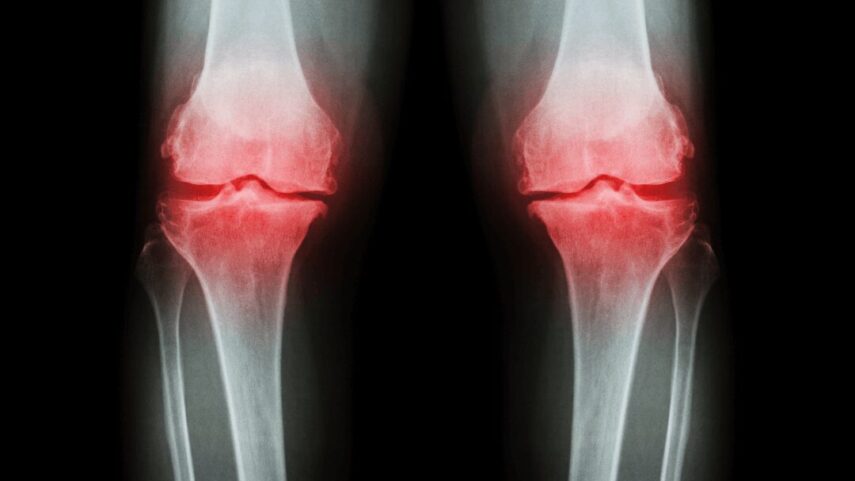
Warm-up Routine:
- Dynamic Warm-up (10 minutes): Include lunges, high knees, and dynamic stretches.
- Cardiovascular and High-Intensity Exercises:
- Running or Jogging (20-30 minutes): For individuals with strong joints and cardiovascular fitness.
Strength and Stability Training:
- Pilates (45 minutes): Focuses on core strength and stability.
- Functional Training (3 sets of 8-12 reps): Incorporate exercises like squats, lunges, and planks.
Note: Always consult with a healthcare professional or fitness expert before starting a new exercise routine, especially if you have existing joint issues.
Maintaining a Healthy Weight
Having too much excess weight can put strain on your joints, particularly when it comes to weight-bearing joints like the knees. Maintaining a healthy weight through a balanced diet and regular exercise can alleviate this pressure, thereby reducing the risk of joint pain and degradation.
Balanced Nutrition for Joint Support
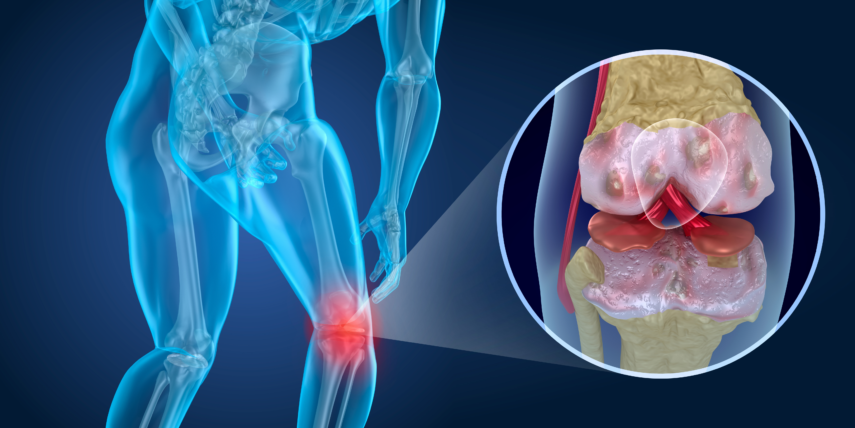
A balanced diet rich in vitamins and minerals is essential for joint health. Nutrients like calcium, vitamin D, and omega-3 fatty acids are particularly beneficial for maintaining strong bones and reducing inflammation. Foods like leafy greens, fatty fish, nuts, and seeds should be regular parts of your diet.
Hydration and Joint Lubrication
Staying hydrated is essential for maintaining the lubrication of your joints. Water helps to keep the cartilage soft and pliable, reducing the risk of joint discomfort. Aim to drink plenty of water throughout the day to support your joint health.
Proper Posture and Ergonomics
Proper posture and ergonomic practices are important, especially if you spend long hours sitting or standing. Using ergonomic furniture and maintaining correct posture can reduce strain on your joints, preventing long-term damage and pain.
Stretching and Flexibility Training
Incorporating stretching and flexibility exercises into your routine can improve joint function and reduce stiffness. Yoga and Pilates are great options for enhancing flexibility, balance, and joint health.
Managing Joint Pain
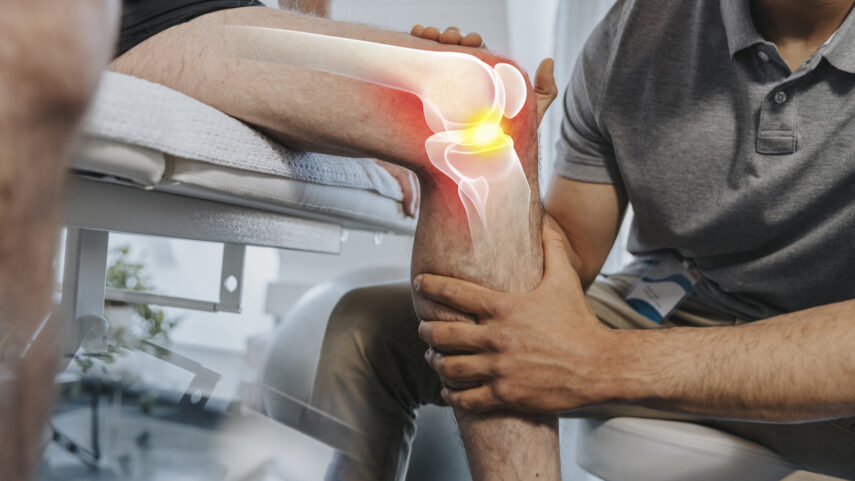
If you experience joint pain, it’s important to address it promptly. Over-the-counter pain relievers can provide temporary relief, but it’s crucial to consult with a healthcare professional for a proper diagnosis and treatment plan.
Rest and Recovery
While exercise is important, so is rest. Give your joints time to recover after strenuous activities. If a particular joint is causing pain, rest it and avoid activities that exacerbate the discomfort.
A Journey to Lasting Mobility
Taking care of your joints is an investment in your future mobility and quality of life. By understanding the needs of your joints, engaging in regular physical activity, maintaining a healthy weight, and paying attention to your diet and hydration, you can significantly improve your joint health.
Related Posts:
- Capture the Joint Movement to Pinpoint the Injury…
- Pool Coping Repair with an Expansion Joint and Why…
- Maximizing Small Spaces: Vertical Indoor Gardening…
- Maximizing Natural Light with Modern Pool Enclosure Designs
- Simple Digital Marketing Strategies for Becoming a…
- #5 MERCHANDISING STRATEGIES TO ACHIEVE SUCCESS IN…







